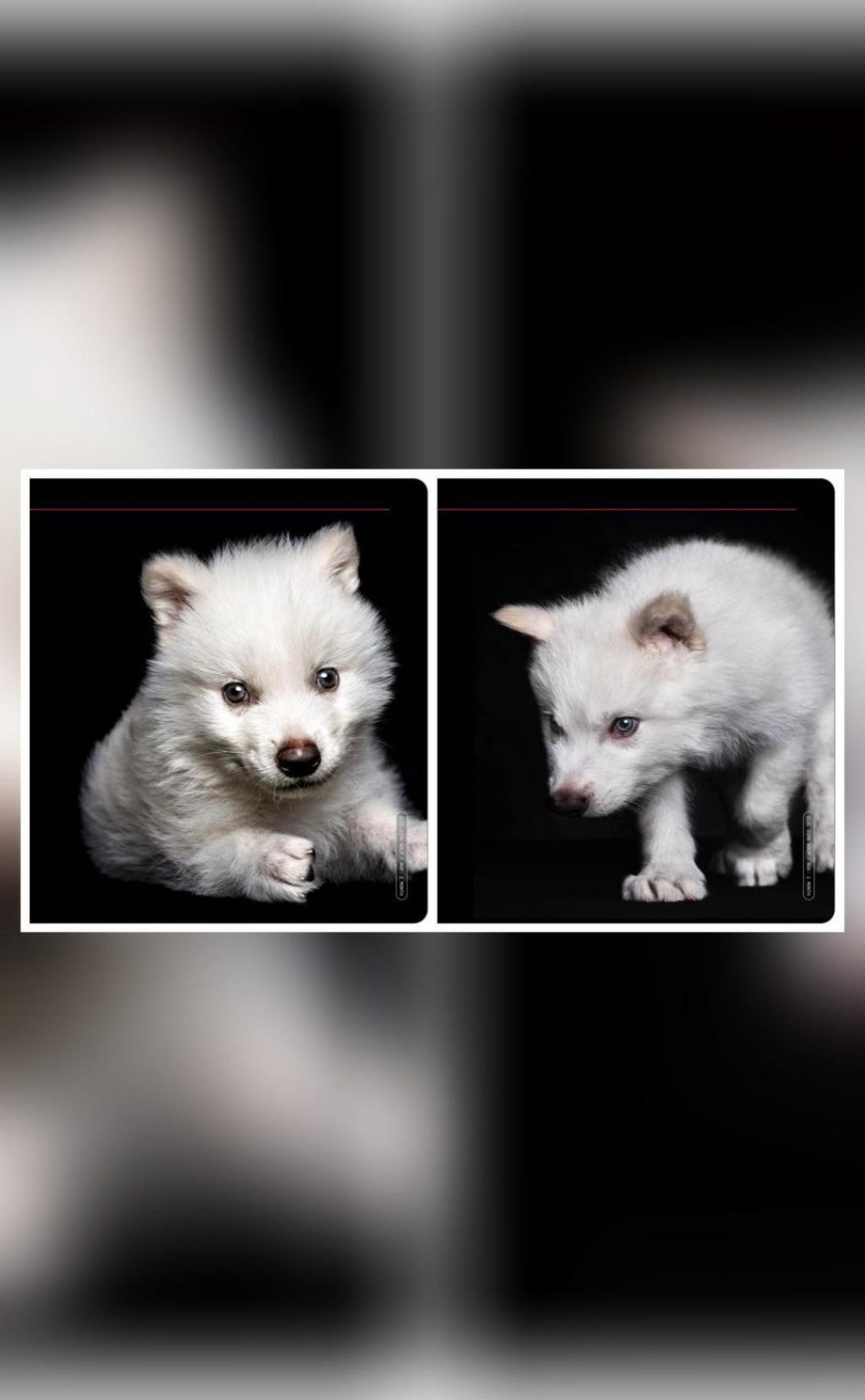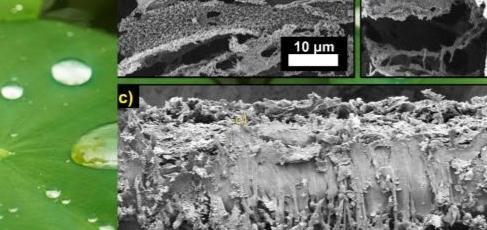
Dire Wolves, That Went Extinct 12,500 Years Ago, Brought Back to Life
In a groundbreaking achievement, a team of scientists has successfully brought back to life the dire wolf, a species that went extinct 12,500 years ago. The dire wolf, also known as Canis dirus, was a massive and formidable predator that once roamed North America, but its demise was marked by the end of the last Ice Age. However, thanks to the innovative work of a Dallas-based biotech company, Colossal Biosciences, the dire wolf has been brought back to life.
According to reports, the team of scientists used ancient DNA, cloning, and gene-editing technology to alter the genes of a grey wolf, resulting in the creation of three dire wolf pups. The pups, which are essentially a hybrid species, are similar in appearance to their extinct predecessor. This remarkable achievement has sent shockwaves through the scientific community, with many experts hailing it as a major breakthrough.
The dire wolf was a massive predator that once roamed North America, weighing up to 150 pounds and measuring up to 6 feet in length. It was a dominant species during the Pleistocene epoch, feeding on large herds of bison, camels, and other animals. However, as the climate changed and the Ice Age came to an end, the dire wolf’s habitat began to shrink, and it eventually became extinct.
The idea of bringing back an extinct species is not new, but it has always been a daunting task due to the complexity of the process. However, with advances in genetic technology, scientists have been able to sequence the DNA of extinct species and use it to create a new individual.
Colossal Biosciences has been working on the project for several years, using a combination of ancient DNA and gene-editing technology to bring back the dire wolf. The company’s CEO, John Henderson, has said that the goal is to eventually create a herd of dire wolves that can be released into the wild.
The process of bringing back the dire wolf was not without its challenges. The team had to sequence the DNA of the extinct species, which was a complex and time-consuming task. They also had to identify the genes that were responsible for the dire wolf’s unique characteristics, such as its massive size and distinctive appearance.
Once the DNA sequence was complete, the team used gene-editing technology to alter the genes of a grey wolf, creating a hybrid individual that was similar to the extinct dire wolf. The process was repeated several times, resulting in the creation of three dire wolf pups.
The pups are currently being raised in a controlled environment, where they are being fed and cared for by a team of scientists. The team is monitoring their development closely, and so far, they appear to be healthy and thriving.
The implications of this achievement are far-reaching, and it has the potential to change our understanding of extinction and the natural world. It also raises important questions about the ethics of bringing back extinct species and the potential impact on ecosystems.
However, the team behind the project is clear that their goal is not to simply bring back the dire wolf for the sake of novelty, but to learn more about the species and its role in the ecosystem. They believe that by studying the dire wolf, they can gain a better understanding of the natural world and how it has changed over time.
In conclusion, the successful creation of dire wolf pups is a remarkable achievement that has the potential to revolutionize our understanding of extinction and the natural world. The project is a testament to the power of human ingenuity and the importance of preserving our planet’s biodiversity.






